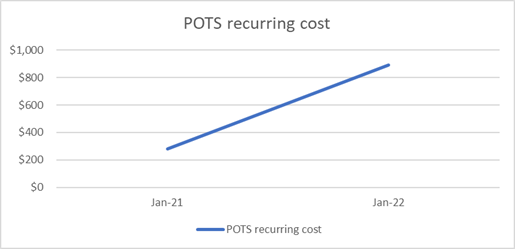Even after countless articles and discussions warning about the importance of cybersecurity, statistics indicate that high levels of vulnerability still exist:
- 85% of cybersecurity breaches are caused by human error.
- 94% of all malware is delivered by email.
- More than 80% of cybersecurity events involve phishing attacks.
- Ransomware attacks occur every 10 seconds.
- Nearly half of all cyberattacks target small businesses.
A cyber attack refers to malicious activities carried out by individuals or groups with the intent to compromise computer systems, networks, or digital devices and exploit them for personal gain, disruption, or other destructive purposes.
Every business owner or executive should discuss the following questions with all stakeholders to assess your risk for a cybersecurity breach:
- How would we know if an unauthorized person accessed our data?
- How often do we test for vulnerabilities?
- In the event of a breach, do we have an Incident Response plan in place?
- How confident are we of our current security breach solution?
- Have we completed a security assessment recently?
- Are we confident that we are appropriately protected and that we have visibility to detect active security concerns?
- Are we aware of any security incidents occurring over the last year? If so, what were they? What was the extent of the incident? What were the takeaways?
Businesses face cybersecurity risks in several areas that can impact operations, reputation, and overall success. Some key concerns include:
- Financial loss
- Data breaches and loss of intellectual property
- Operational disruption
- Damage to reputation and customer trust
- Supply chain risks
Organizations can implement the following measures to identify and address cybersecurity vulnerabilities.
- Risk Assessment: Perform a comprehensive risk assessment to identify potential vulnerabilities, threats, and their potential impact on the organization. This assessment should cover all aspects of the organization’s IT infrastructure including networks, systems, applications, and data.
- Regular Security Audits: Conduct periodic security audits to evaluate the effectiveness of existing security controls, policies, and procedures. These audits can help identify gaps or weaknesses in the organization’s security structure.
- Penetration Testing: Conduct regular penetration testing exercises to simulate real-world attacks and identify vulnerabilities in systems and applications. This proactive approach helps organizations discover vulnerabilities before malicious actors can exploit them.
- Vulnerability Scanning: Utilize vulnerability scanning tools to inspect networks and systems for known vulnerabilities. These tools can identify software configuration weaknesses, which should be addressed promptly.
- Employee Education and Training: Implement a comprehensive cybersecurity awareness and training program for all employees. Educate them about common security threats, safe computing practices, and how to identify and report potential security incidents.
- Incident Response Planning: Develop an incident response plan that outlines the steps to be taken in the event of a security breach. This plan should include procedures for detecting, containing, and recovering from cybersecurity attack.
- Engage Third-Party Experts: Consider involving third-party cybersecurity experts who can provide objective assessments of the organization’s preparedness. These experts can conduct audits, penetration tests, and offer recommendations for improvement.
- Continuous Improvement: Cybersecurity is an ongoing process. Regularly reassess and update security measures as new threats emerge, technologies change, and business needs evolve. Stay informed about the latest security trends and best practices.
- Work from Home Employees: Have safety measures in place to avoid introduction of cybersecurity threats associated with remote work or other outside sources.
Watch this Cybersecurity video to learn more: https://share.videobrandcaster.com/Clients/ShareVideoLink.aspx?VideoLinkId=8173&clientId=13338
If assessing vulnerabilities and shoring up weaknesses in your cybersecurity equipment and practices seems daunting, contact us. Abilita’s expert telecom consultants have helped countless companies reduce their cybersecurity risks. It all starts with a conversation, then we’ll be with you every step of the way.


